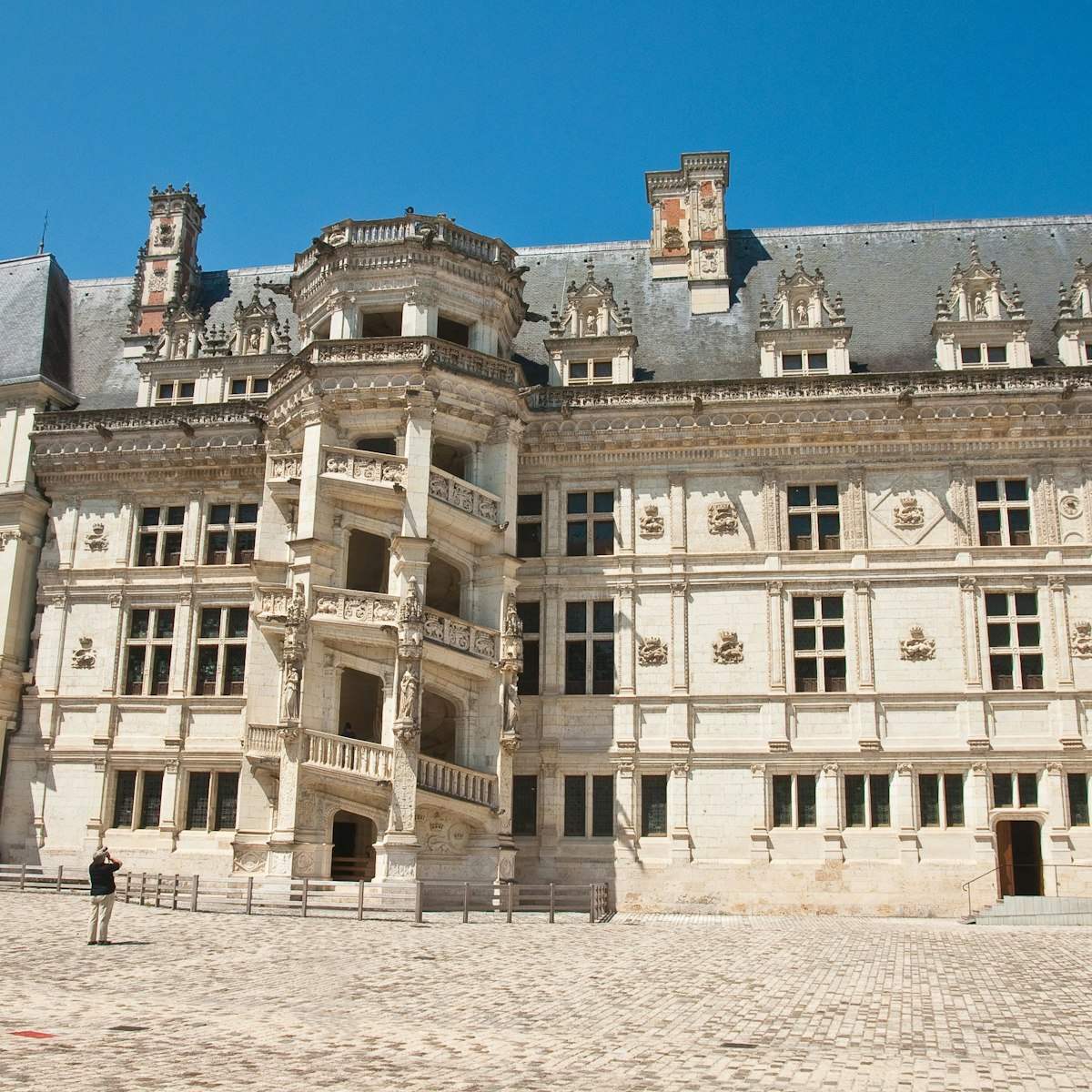Perhaps the Loire's most elegantly proportioned château, Cheverny represents the zenith of French classical architecture: a perfect blend of symmetry, geometry and aesthetic order. Inside are some of the most sumptuous and elegantly furnished rooms anywhere in the Loire Valley, virtually unchanged for generations because the de Vibraye family has lived here, almost continuously, ever since the château's construction in the early 1600s by Jacques Hurault, an attendant to Louis XII.
Highlights downstairs include the formal dining room, with 34 painted wooden panels depicting the story of Don Quixote. Upstairs are the king’s bedchamber, with ceiling murals and tapestries illustrating stories from Greek mythology, and a children’s playroom complete with toys from the time of Napoléon III. The arms room is full of pikestaffs, claymores, crossbows and suits of armour – including a tiny gilded one made to measure for a four-year-old duke – and a mid-17th-century Gobelins tapestry that's so well preserved you can still see the reds.
The de Vibrayes' fabulous art collection includes a portrait of Jeanne of Aragon by Raphael’s studio, an 18th-century De la Tour pastel, and works by a who’s who of court painters. In the downstairs Gallerie, keep your eyes open for a certificate signed by US president George Washington.
Behind the main château, the 18th-century orangerie – where many priceless artworks, including (apparently) the Mona Lisa, were stashed during WWII – is now a tearoom (open April to mid-November), with thick, creamy hot chocolate (€4.90) prepared according to Madame de Vibraye's special recipe. During low-season school holidays there's a cafe near the kennels. At research time the Labyrinthe (maze), near the orangerie, was set to reopen in 2018.
In the gardens about 50m beyond the giant sequoia (planted around 1870), the kennels house around 100 hunting dogs, a cross between Poitevins and English foxhounds. Feeding time, known as the Soupe des Chiens, showcases the extraordinary relationship between the dogs and their piqueux (handler); it begins at 11.30am daily from April to mid-October, and on Monday, Wednesday, Thursday and Friday from mid-October to March (on other days the dogs are out hunting).
Fans of Tintin might find the Château de Cheverny’s façade strangely familiar: Hérgé used it as a model (minus the two end towers) for Moulinsart (Marlinspike) Hall, the ancestral home of Tintin’s irascible sidekick, Captain Haddock. Devotees large and small may enjoy Les Secrets de Moulinsart, whose interactive exhibits explore the world of Tintin with recreated scenes, thunder and other special effects.
The château's self-guided-tour brochure is available in 13 languages. Kids aged seven to 14 may enjoy Secrets of Cheverny, a free booklet of puzzles and games.
Cheverny is 14km southeast of Blois and 18km southwest of Chambord.







